Case Report: Deep Oscillation and Acupuncture in Scheuermann’s Disease
by Chris Boynes, Consultant Chartered Sports & Spinal Physiotherapist
Introduction
Scheuermann’s disease (SD) is referred to as a rigid hyper-kyphosis secondary to vertebral wedging occurring during adolescence. Its incidence ranges between 1 and 8% in the general population. The main complaints are back pain and poor posture associated with unacceptable cosmesis. There are two types of SD according to the apex of the kyphotic deformity, type-1 with the apex at the midthoracic level and type-2 with the apex at the thoracolumbar junction. Operative treatment is indicated in the presence of neurological symptoms and failure of non-operative treatment, including physiotherapy and brace in symptomatic patients. A meticulous selection of fusion levels, avoidance of overcorrection, and the use of neuromonitoring are needed to prevent complications. [1]
Background
- Decreased sleep for years
- On-going pains for years
- No therapy has helped or done much over the years
- Posturally, due to Scheuermann’s, certain spine areas take more loading than others.
- Lack of Th/Spine Ext/Rot leads to increased lower back loading, and his mid-spine curvature loads more to his right pelvic side.
- The C/Spine has reduced ROM in all directions but more so rotation and extension.
- Poor hip ROM, both actively and passively, with no hip extension ROM and strength, has led to more loading with the lower back over time.
- Other PMH includes a slow-growing aneurysm on his main aorta, which is regularly monitored.
- Due to pain, hardly any productive exercise is carried out.
- A stooped and slow-moving gait.
Treatment Aim: Reduce pain
Treatment Protocol

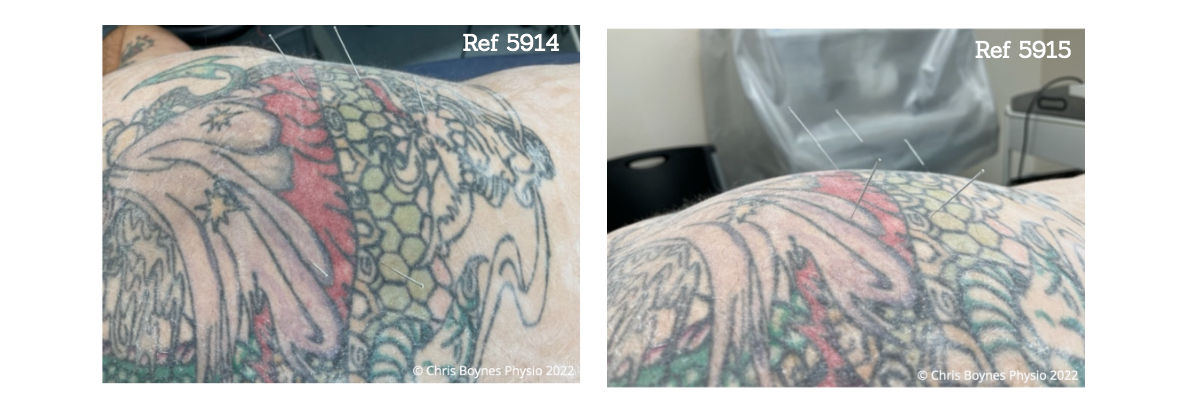
Results
Observations
Future Plan
About DEEP OSCILLATION® THERAPY (also known as HIVAMAT® therapy)
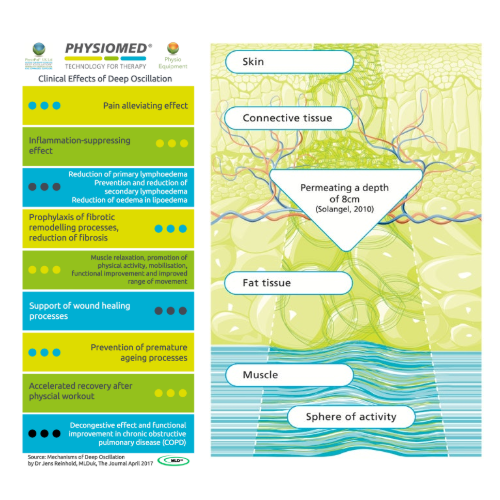
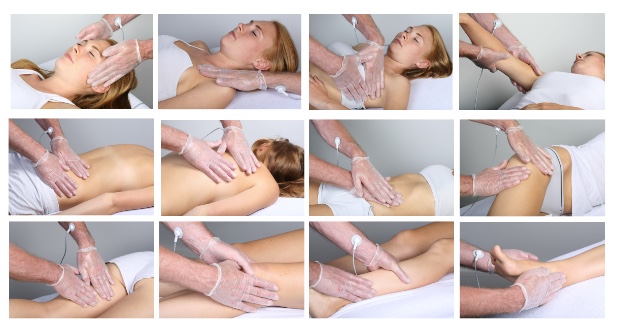
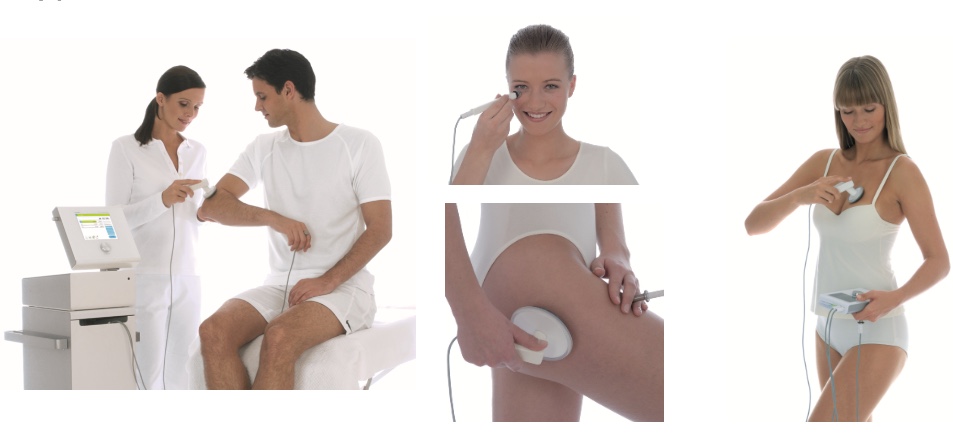
About Chris Boynes
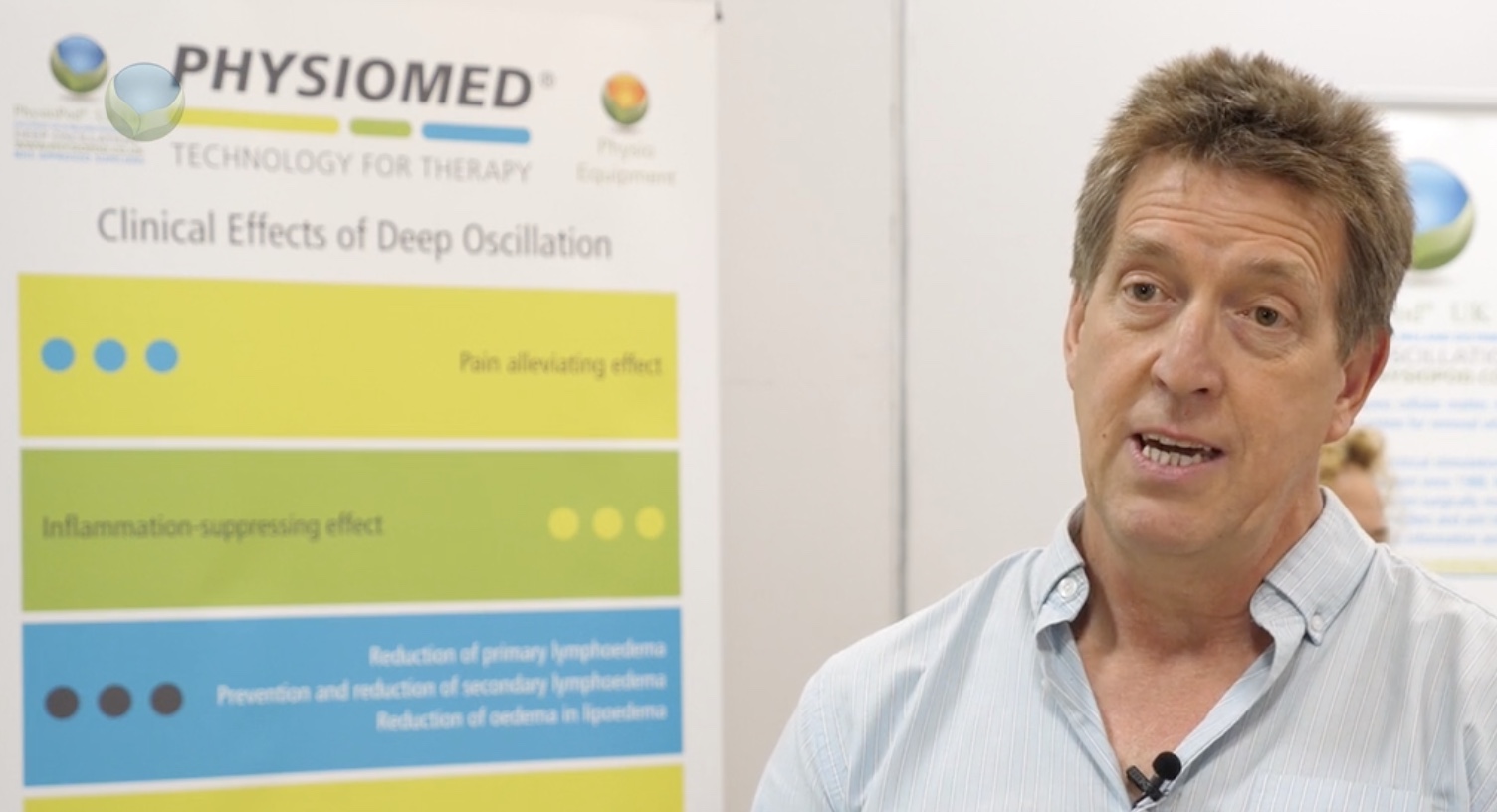
References
- ?enköylü, A. (2022). Scheuermann’s Disease. In: ?enköylü, A., Canavese, F. (eds) Essentials of Spine Surgery. Springer, Cham. https://doi.org/10.1007/978-3-030-80356-8_22
- Boynes C. (2018) The Interaction and Outcomes of Acupuncture with Deep Oscillation Treatment - A case studies discussion, AACP Conference PDF
- Chan IMS – The Gunn approach to the treatment of chronic pain – IMS for myofascial pain of Radiculopathic origin 2nd edition 1996
- Baldry P.E. – Trigger Point Acupuncture. In Filshie J, White A, eds, Medical Acupuncture: A Western scientific approach. Edinburgh: Churchill Livingstone; 1998
- Baldry P.E. – Myofascial Pain and Fibromyalgia Syndromes – A clinical guide to diagnosis and management. Edinburgh: Churchill Livingstone; 2001
- Fistetto G, Iannitti T, Capone S, Torricelli F, Palmieri B. Deep Oscillation®: esperienze terapeutico-riabilitative con un nuovo innovativo strumento ad azione elettrostatica [Deep Oscillation: therapeutic-rehabilitative experiences with a new electrostatic device]. Minerva Med. 2011 Aug;102(4):277-88. Italian. PMID: 21968626. https://pubmed.ncbi.nlm.nih.gov/21968626/
- Christian et al (2019): Deep Oscillation Therapy for Lower-Leg Pain - MS,Journal of Sports Medicine and Allied Health Science | Vol. 4 | Issue. 3
- Kolevaa Y.,∗, Yoshinovb B., Nikolovac S. (2014) Impact of deep oscillation in the complex PRM algorithm of pain management - Annals of Physical and Rehabilitation Medicine, Volume 57, n° S1, page e253 (mai 2014), Doi : 10.1016/j.rehab.2014.03.921
- Koleva Ivet B., Marinov Marin B. IMPACT OF DEEP OSCILLATION IN THE COMPLEX REHABILITATION ALGORITHM FOR PATIENTS AFTER SPINAL NEUROSURGERY - The Eurasian Union of Scientists (ESU) ISSN: 2411-6467DOI: 10.31618/esu.2411-6467.8.53.1
- Koleva1 I. B ET AL (2021) Complex Physical Prevention and Rehabilitation of Cervical Myofascial Pain and Headache, Due to Spine Malposition in Users (Abusers) of Smart Phones DOI: 10.9734/bpi/hmmr/v12/1675F
- Koleva, I. B., Ioshinov, B. R., & Yoshinov, R. D. (2017). Complex Analgesia (Infiltrations and Deep Oscillation) in Patients with Stump Pain and Phantom Pain after Lower Limb Amputation (Double-blind Randomised Controlled Trial of Efficacy). Journal of Advances in Medicine and Medical Research, 22(11), 1-17. https://doi.org/10.9734/JAMMR/2017/34198
- Christian, McCall E.; Koenig, Riley C.; Winkelmann, Zachary K.; and Games, Kenneth E. (2019) "The Effects of Deep Oscillation Therapy for Individuals with Lower-Leg Pain," Journal of Sports Medicine and Allied Health Sciences: Official Journal of the Ohio Athletic Trainers Association: Vol. 4: Iss. 3, Article 3.DOI: https://doi.org/10.25035/jsmahs.04.03.0 Available at: https://scholarworks.bgsu.edu/jsmahs/vol4/iss3/3
- Dimitrov, N., & Petrov, D. (2019). EFFECTIVENESS OF COMPLEX REHABILITATION WITH DEEP OSCILLATION AND KINESITHERAPY FOR PAIN RELIEF IN PATIENTS WITH GONARTHRITIS. Knowledge International Journal, 26(4), 1071 - 1077.
- Mratskova G.(2020) Use of Deep Oscillation Therapy in Rehabilitation Program for Patient after Distal Radius Fracture with a Complex Regional Pain Syndrome: A Case Report. Trakia Journal Of Sciences, Vol. 18, Suppl. 1, Pp 187-193, 2020 ISSN 1313-3551 (Onl
- Zehtindjieva MG, Ioshinov BR, Andonov DR, Ilkov VS, Bayraktarova A. (2013): Deep Oscillation - A Modern Additional Physical Modality For Analgesia In Patients With Back Pain. PRAEMEDICUS 29, 85-90.
Further Reading and Watching
Watch Chris Present Deep Oscillation
Boynes C. (2018) Elite Sports Expo Event 2017 - Chris Boynes Presents Deep Oscillation - VIDEO
Read more of Chris's results with Deep Oscillation
Deep Oscillation Reduces Pain, Acne and Enhances Spinal Movement & Function
View Initial Analysis of Deep Oscillation in case studies

.jpg)
